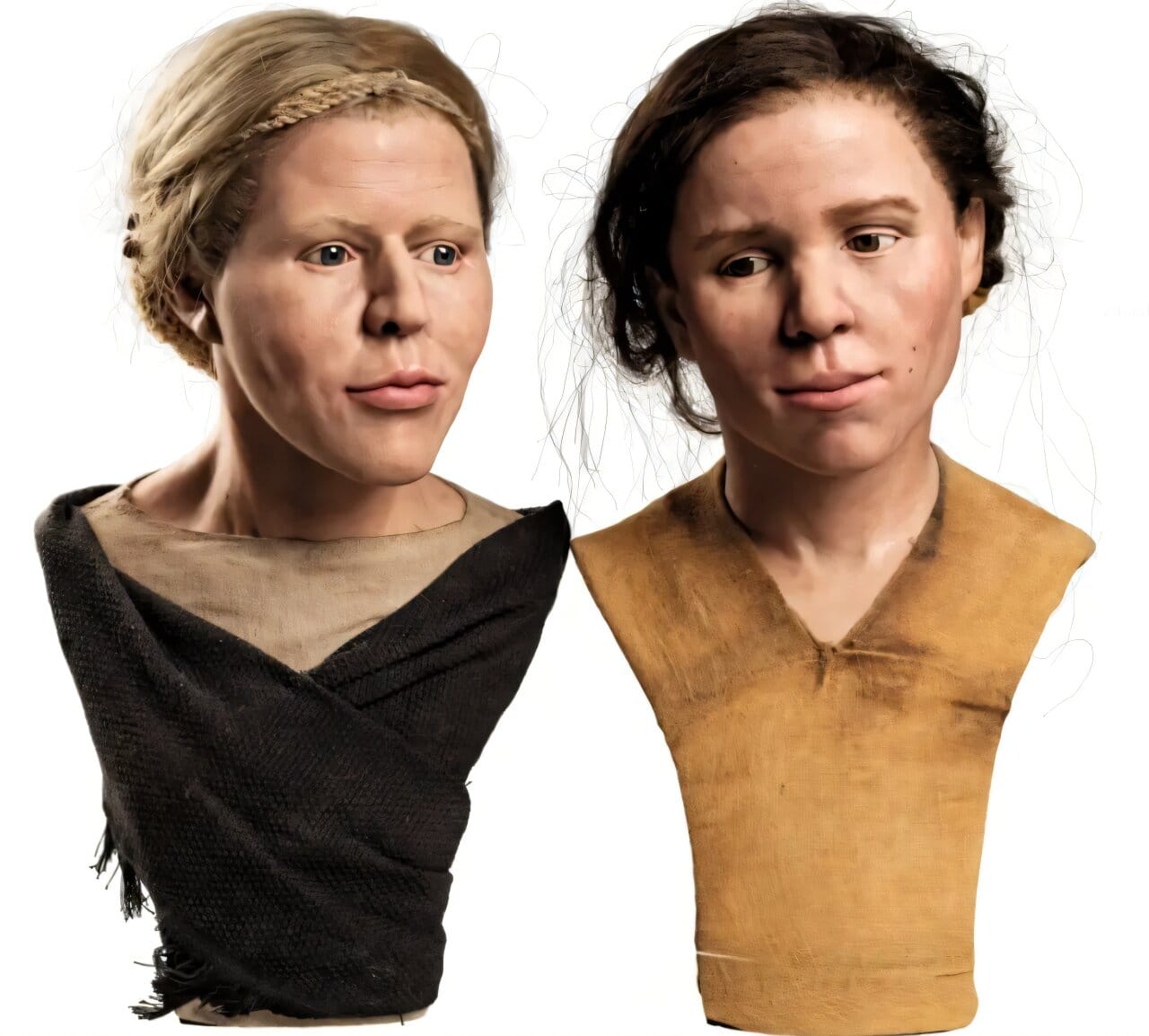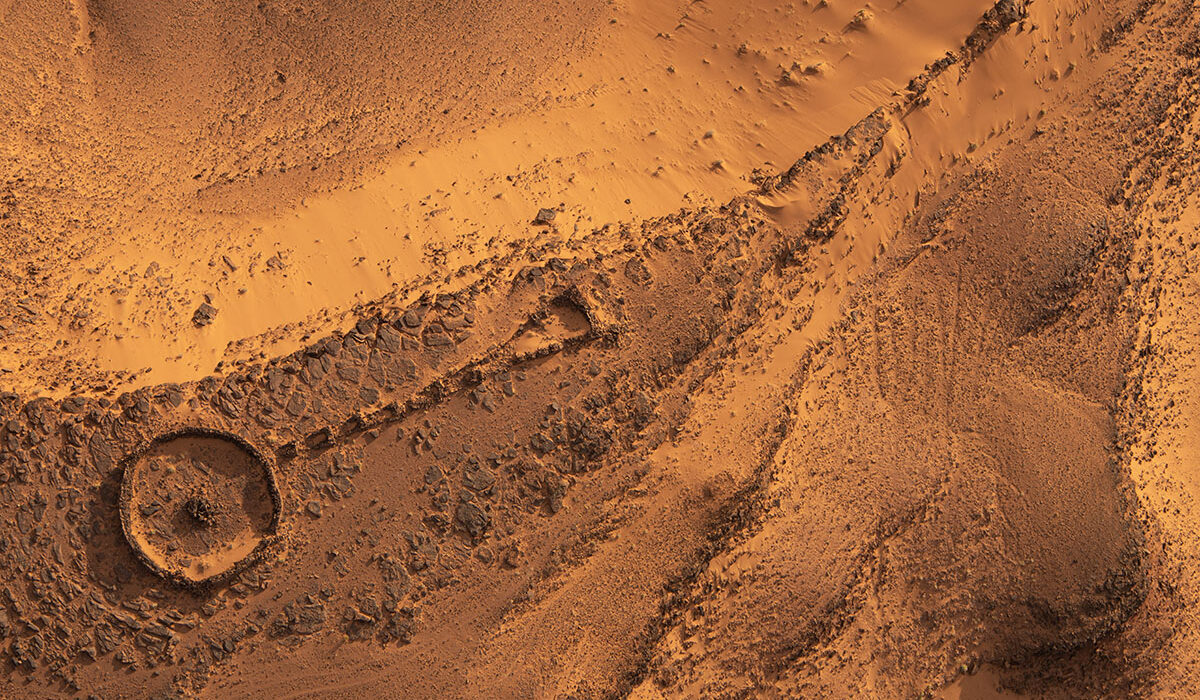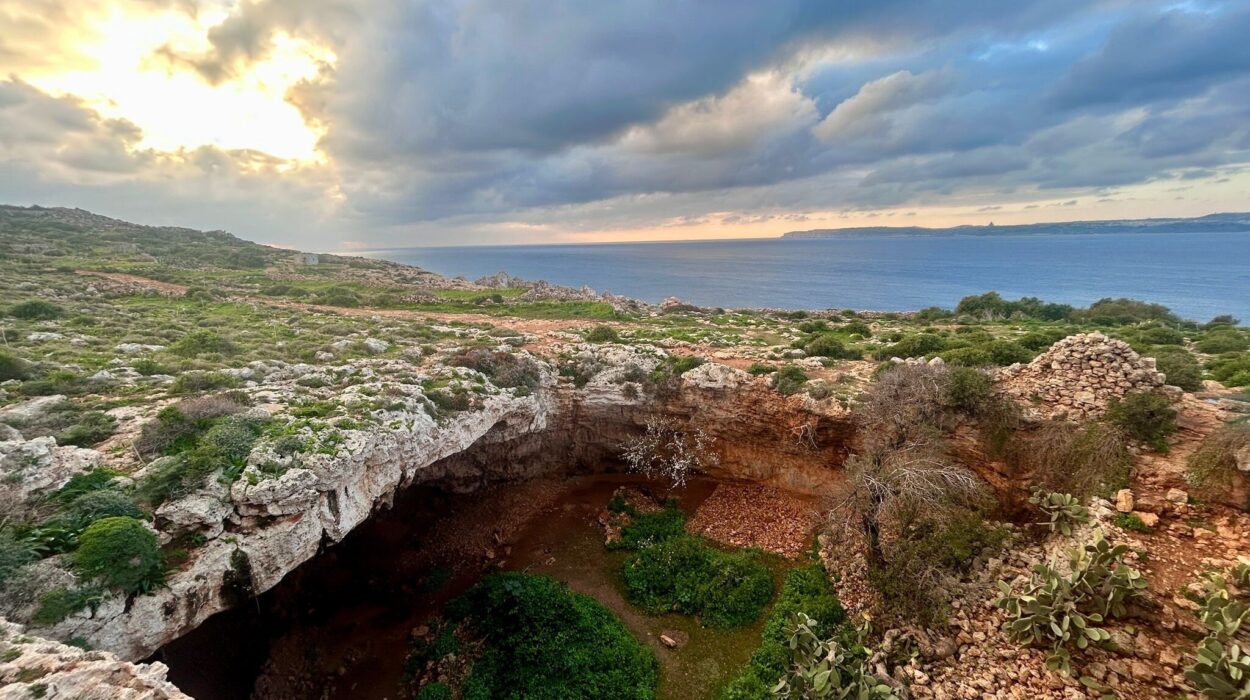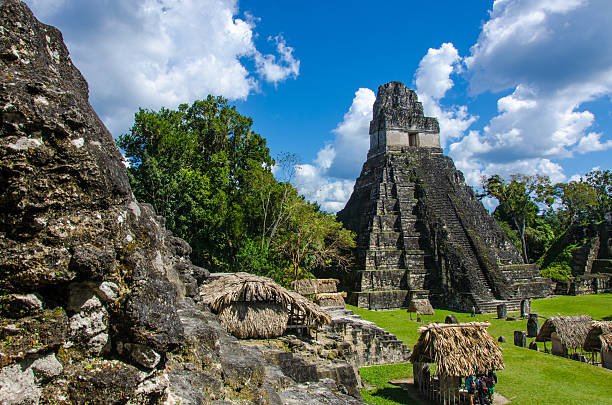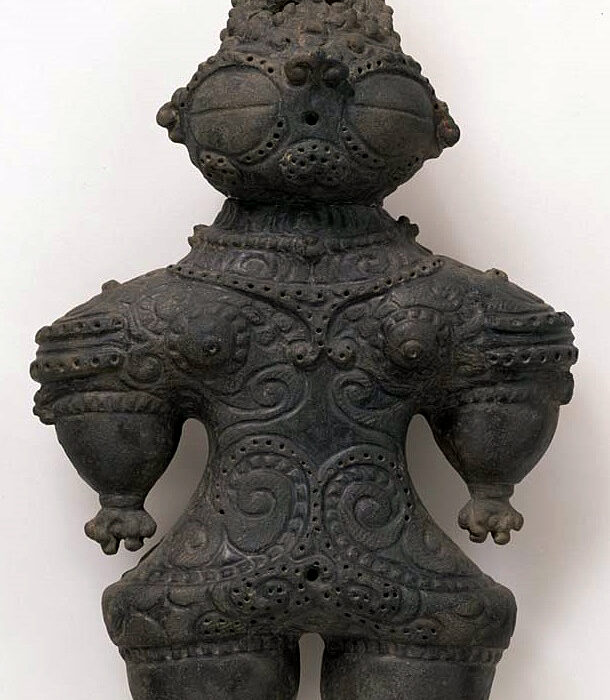Almost three decades ago, deep in the Krumlov Forest of the Czech Republic, archaeologists stumbled upon something that would challenge long-held ideas about ancient life in Europe. At first, the site seemed like many others scattered across Central Europe—a place where prehistoric people mined chert, a hard rock used to craft tools and weapons. But as researchers dug deeper, they uncovered not only traces of mining but also human burials hidden in the shafts. These individuals, laid to rest within the very mines they may have worked in, would reveal a haunting glimpse of labor, kinship, and ritual in Europe thousands of years ago.
Chert mining in the region began as early as the Holocene and continued into the Early Iron Age. Yet it was never a widespread practice, limited to a handful of cultures such as the Funnelbeaker, Michelsberg, Globular Amphorae, and Mierzanowice. What makes the Krumlov Forest site stand out is not the scale of mining, but the human stories written in bone.
The Oldest Mine Burials in Europe
The Krumlov Forest burials, together with another known as the Mauer burial in Vienna, represent the oldest European mine graves ever documented. Burials in mining shafts are rare, and their meaning is still debated. Were these people victims of accidents, offerings to the earth, or miners laid to rest in the very ground they toiled?
Dr. Eva Vaníčková and her team sought to unravel this mystery through meticulous analysis. They studied the skeletal remains, examined DNA, and traced isotopic signatures to reconstruct the lives of those buried in the shafts. Their work, published in Archaeological and Anthropological Sciences, gives us one of the clearest windows into the human cost of prehistoric mining.
The Women Who Worked the Earth
Three individuals were discovered in total: two adult women and one newborn child. The two women, designated H1/2002 and H2a/2002, were estimated to be between 30 and 40 years old at death. At first glance, they might appear like ordinary burials, but their bones told a different story.
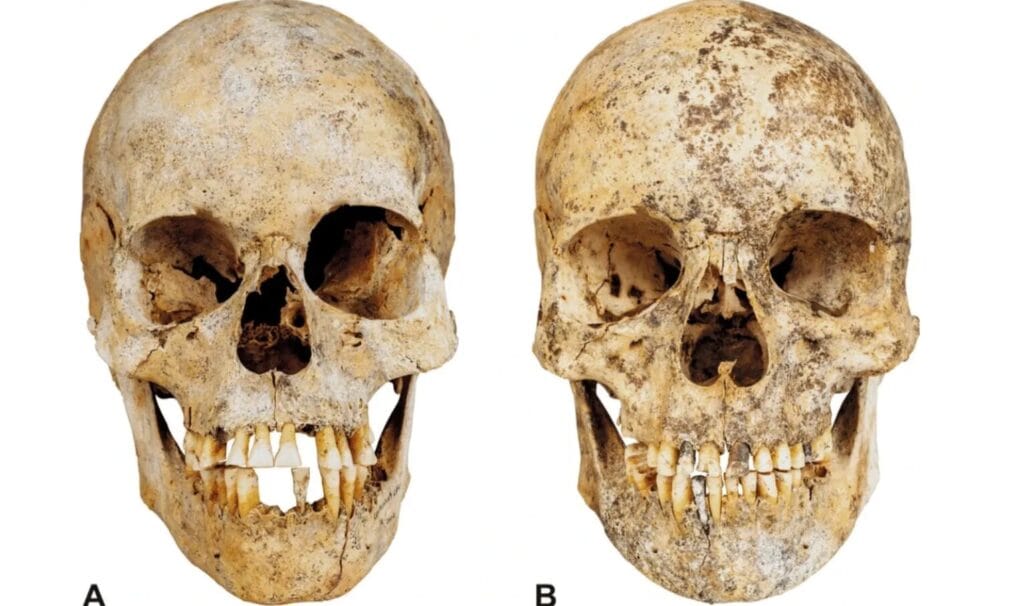
Both women bore unmistakable signs of extreme physical labor. Their spines showed degenerative changes: osteophytes, Schmorl’s nodes, hyperkyphosis, and vertebral erosion. The stress on their bones revealed a lifetime of forward-bent work, consistent with squeezing into narrow shafts and tunnels to dig out chert. Their muscles had been pulled so hard, so often, that even after death their skeletons retained the scars of strain.
And yet, their diet stood out. Isotope analysis revealed that these women ate unusually high levels of animal protein compared to other Neolithic populations in the Czech Republic. This suggests they may have been intentionally given richer diets to sustain their grueling labor underground. It paints a disturbing picture: women nourished to endure heavy work, but not spared from it, even when injured.
One of the women had an ulna fracture that had never healed, suggesting she was forced to keep working despite her injury. This haunting detail raises unsettling questions: were these women respected miners, or were they compelled into service?
Kinship, Childhood Struggles, and Shared Fates
DNA analysis revealed that the two women were closely related, possibly sisters. Their shared hardship began early. Their teeth bore Harris lines and Linear Enamel Hypoplasia, signs of childhood stress such as malnutrition or illness. Life had not been easy from the beginning, and adulthood brought only more burdens.
What remains unclear is how they died. No clear cause of death was found, leaving researchers to wonder whether they succumbed to exhaustion, accident, illness, or something more deliberate.
The Newborn Mystery
Among the two women lay a newborn child, designated H2b/2002. The infant had reached full term—around 38 to 40 weeks—but tragically died at or shortly after birth. DNA testing showed the baby was not related to either woman. In fact, five alleles differed from those of the adults.
Why was this child buried with them? Was the placement symbolic, or was it simply a matter of proximity? The answer remains elusive. The pairing of two adult women, likely sisters, with an unrelated newborn raises questions about social structure, ritual, and loss in prehistoric communities.
Mining Beyond Utility: Ritual and Symbolism
The puzzle deepens when we consider why chert was mined in such labor-intensive ways at all. Chert could be easily collected from the surface in many regions, yet people here dug shafts as deep as eight meters, carving horizontally into slopes and creating undercut pits. Why risk so much effort for stone?
Dr. Vaníčková suggests that chert carried symbolic or spiritual value. The stone was often used to create prestigious objects—axes, long blades, and daggers—that were later deposited in ritual contexts. Mining may have been more than resource extraction; it may have been sacred work, connecting the living with the underground world of ancestors.
If so, burying the miners themselves within the shafts could have been an extension of this worldview. The women, having labored to bring stone from the earth, may have been returned to the earth as part of a cultural or spiritual cycle.
Forced Labor or Sacred Duty?
The most unsettling interpretation is that women may have been used as miners precisely because they could be forced into it. During the Eneolithic, social roles of men expanded, possibly leading to a system where the hardest, most punishing labor was no longer done by the strongest, but by those who had the least power to resist. The evidence of malnutrition, injury, and unrelenting labor supports this theory.
At the same time, we cannot rule out that these women may have held a special, even sacred role in their community. Perhaps mining was viewed not as punishment, but as an honored task—dangerous, essential, and spiritually charged. The truth may lie somewhere between exploitation and reverence.
A Story Half Told
The burials of Krumlov Forest do not give us easy answers. Instead, they offer fragments of a story that is at once tragic, fascinating, and deeply human. Two women, possibly sisters, bent their bodies against the stone until their bones gave way. A newborn who shared no bloodline with them was buried by their side. And all were laid to rest in the very mines where their lives were spent.
The value of the chert they sought was not practical—it was symbolic, prestigious, perhaps sacred. But the cost of retrieving it was written in the suffering of those who labored underground.
As we stand above their resting place today, we are left with questions that archaeology alone cannot answer. Were these women honored or exploited? Were they miners by choice or by force? And what does it mean that their bodies, like the chert they pulled from the depths, were returned to the earth?
Echoes from the Depths
The story of the Krumlov Forest burials reminds us that archaeology is not just about objects and stones—it is about people. It is about the strength of their bodies, the struggles of their lives, and the mysteries of their deaths. These two women and the newborn child, silent for millennia, now speak to us through the language of science.
Their story bridges the gap between past and present, forcing us to confront uncomfortable truths about labor, inequality, and ritual. And in doing so, it brings us closer to understanding the complex world of our ancestors, who, like us, wrestled with survival, meaning, and the unseen forces that shaped their lives.
More information: Eva Vaníčková et al, Ritual Burials in a Prehistoric Mining Shaft in the Krumlov Forest (Czechia), Archaeological and Anthropological Sciences (2025). DOI: 10.1007/s12520-025-02251-1
